The high-rise building starts from the foundation. For the 3D printing model, the level of the base and the adhesion between the 3D printer and the hot bed are very important. It is the beginning and premise of completing a high-quality model. If there is a problem with the first layer, it will cause problems in the later layers, and even print failure due to the model falling off. This article will introduce you to some solutions. 1, increase the base area The area of ​​adhesion is directly proportional to the firmness. By simply setting up the operation of the slicing software, increasing the base area of ​​the model, or increasing the hat-like edge, it can provide a good basis for 3D printing, effectively solving or avoiding the problem of model shedding. It should be noted that the thickness needs to be set thinner to facilitate removal after completion. 2, platform surface treatment (tape, solid glue) Different consumables, as well as hot bed plates of different materials, are the key to the difference in adhesion. For example, PLA and glass hot plate have poor adhesion. Solving this problem is very simple, just add some adhesive on the hot bed board, commonly used with masking tape and solid glue. The masking tape can be bonded to commonly used 3D printing consumables. It is easy to paste and remove. You can try different masking glues to match the consumables. For example, PLA can use white masking tape. The second choice is solid glue. PVP solid glue is more suitable for glass platform. It can achieve good adhesion by uniform coating. It is soluble in water and can be easily removed by water. In addition, daily office glue or hair wax hair gel can achieve the same effect. 3, reduce the first layer printing speed If the printing speed of the first layer is too fast, the adhesion will be poor, and the speed can be effectively solved. The commonly used slicing software cura provides a setting specifically to achieve this. Click on the Advanced → Speed ​​option to have an underlying print speed that can be set at 20mm/s. Sufficient printing time can make the consumables adhere to the platform better, and the silk material is sufficient, and the printing is more stable afterwards, and it is not easy to fall off. A suitable first layer condition is that the wire from the nozzle is flat on the platform, which is most desirable. 4, leveling and Z-axis starting position A horizontal build platform is critical. If the above methods work together, it is likely that the hot bed is not level, which can cause the model to warp or fall off the hot bed. To solve this problem, you need to manually level the calibration again. In addition, you can upgrade the 3D printer to auto leveling (adding accessories and refreshing the firmware. In addition, the 3D in automatic leveling and floating compensation technology has recently achieved innovative breakthroughs. , will be launched in the near future, so stay tuned). After the platform has been leveled, it is still necessary to determine whether the nozzle starting position and the spacing of the platform are appropriate, so that the consumables are smoothly adhered to the platform to obtain sufficient adhesion. If the spacing is too large, it is very prone to the situation of non-sticking the platform. If the spacing is too small, it will directly affect the discharge of the nozzle and even damage the nozzle and the platform plate. 5, temperature or cooling settings When the temperature is lowered, the plastic shrinks, and some of the high melting temperature consumables shrink, which directly leads to the separation of the cooled plastic from the platform, which is why the platform plate needs to be heated to maintain a certain temperature when printing some consumables. In addition, some 3D printers are equipped with a cooling fan to speed up the cooling process, and if the cooling rate is too fast, it may cause the model to fall off. Generally, the suitable hot bed temperature required for PLA consumables is 60~70°C, ABS is 100~120°C, this setting can be modified in CURA, there is a speed/temperature bar in the basic, you can change the hot bed temperature to match your printing. The conditions required for the consumables. In addition, the fan setting, there is a cooling option in the advanced, remove the fan speed check, the fan has little effect on the PLA consumables, but generally the first floor needs to be turned off, click the ellipsis after "turn on the fan cooling" , you can set the fan opening height. Source: Creative 3D
Stainless Steel Bottles are made from high-grade 18/8 stainless steel. This material is food grade, non-toxic, durable and easy to clean.
Our Stainless Steel Bottles are mostly Stainless Steel Vacuum Water Bottles. They have a double-wall vacuum treatment, so they can ensure your drink keeps as it is. And you don't need to worry about getting your hands cold or hot.
Vacuum Flask,Stainless Steel Vacuum Flask,Stainless Steel Rainbow Vacuum Flask,Stainless Steel Silk Printing Vacuum Flask Ningbo Auland International Co.,Ltd. , https://www.everdrinkingbottle.com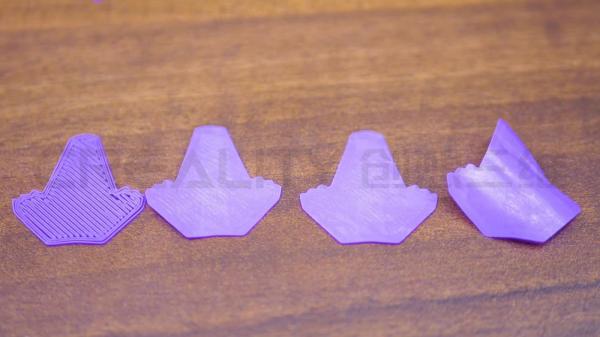
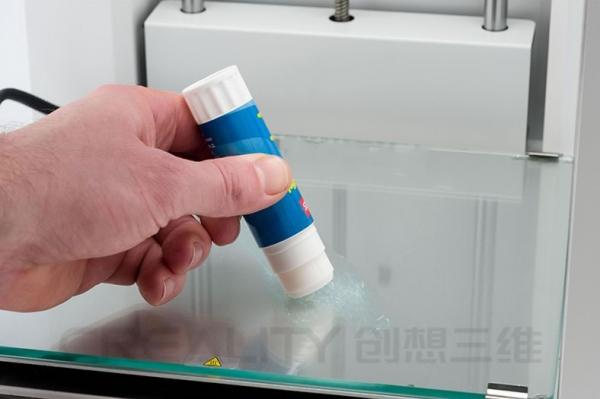
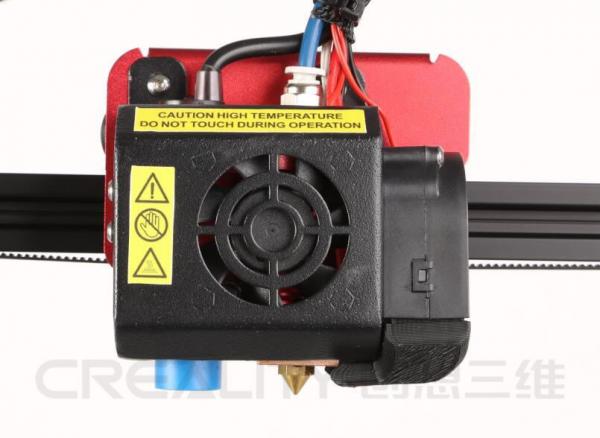
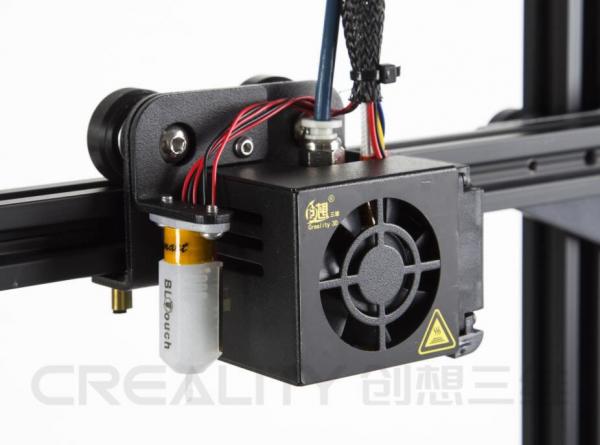
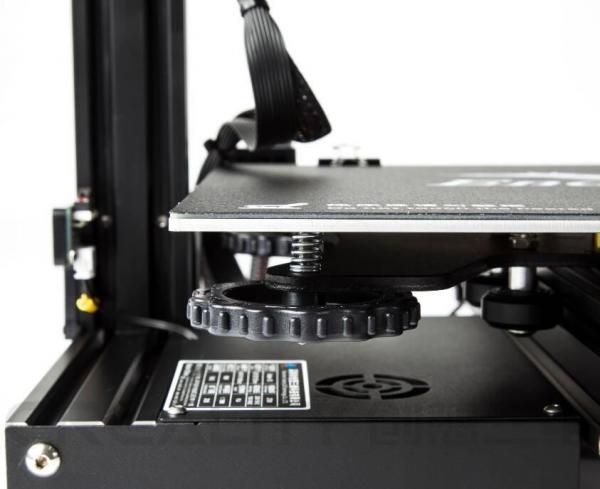
3D printer tips: problem with the attachment of the model and the hot bed board